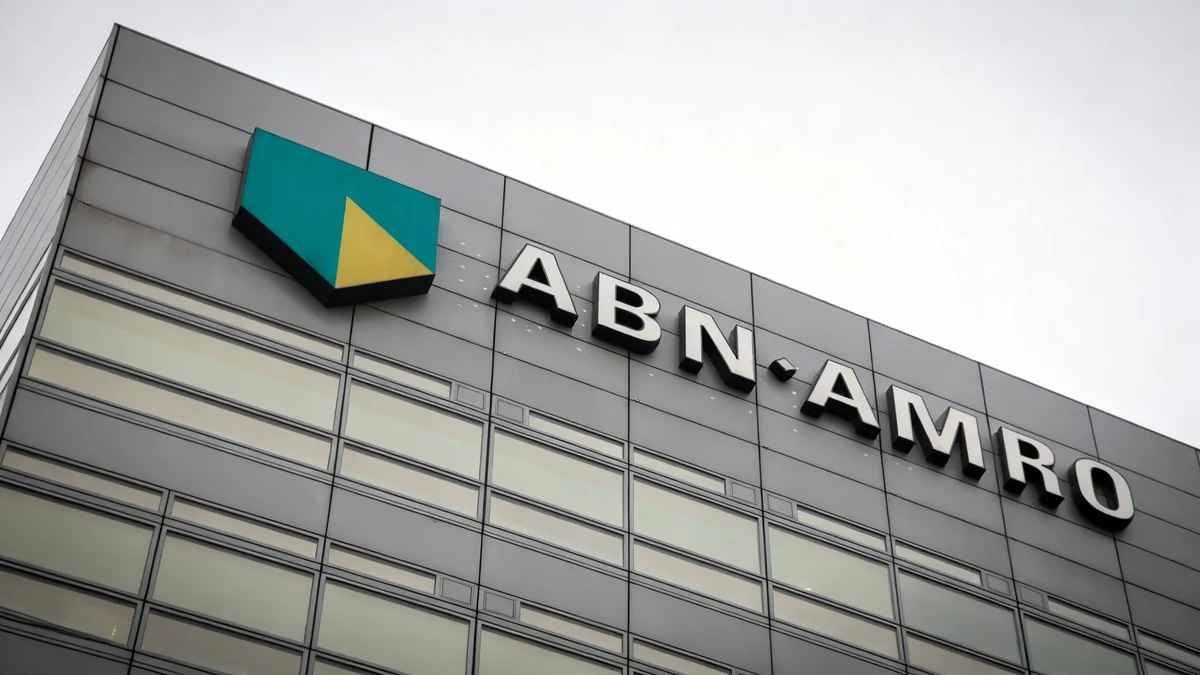Heritage Bank has announced its acquisition of Kitsap Bank. This strategic move brings together the fifth and thirteenth largest banks in Washington state, measured by asset size. The merger aims to create a stronger financial institution with an expanded presence across the region.
Key Takeaways
- Heritage Bank is acquiring Kitsap Bank.
- The merger combines Washington's fifth and thirteenth largest banks by assets.
- This acquisition will expand Heritage Bank's market reach.
- The combined entity will have a larger asset base.
Strategic Rationale Behind the Acquisition
The acquisition of Kitsap Bank by Heritage Bank represents a significant consolidation within Washington's banking sector. Heritage Bank, known for its focus on community banking, will integrate Kitsap Bank's operations. This integration is expected to enhance service offerings and increase market share.
According to financial analysts, such mergers often lead to operational efficiencies and a broader customer base. The combined entity will leverage the strengths of both institutions, creating a more competitive regional bank.
Fact: Asset Sizes
Before the acquisition, Heritage Bank was the fifth-largest bank in Washington by asset size. Kitsap Bank was the thirteenth-largest. Their combined assets will significantly increase Heritage Bank's overall financial standing in the state.
Impact on Customers and Employees
For customers of both banks, the merger is expected to result in a wider network of branches and enhanced digital services. Integration plans typically include efforts to ensure a smooth transition for existing accounts and financial products. Communication with customers will be a priority during this period.
Employees from both organizations will undergo a transition process. While mergers can sometimes lead to redundancies, the goal is often to retain talent and integrate teams effectively. Specific details regarding staffing and branch operations will likely be announced as the merger progresses.
"This merger is designed to create a more robust and resilient financial institution for our communities," a spokesperson indicated. "We are committed to a seamless transition for both our customers and our dedicated employees."
Market Position and Future Outlook
The combined bank will hold a stronger position in the competitive Washington state banking market. An increased asset base and expanded geographic footprint are key benefits. This allows the bank to serve a larger number of individuals and businesses.
The acquisition is also expected to improve the bank's lending capacity. This could benefit local economies by providing more access to capital for small and medium-sized enterprises. The focus will be on maintaining strong relationships within the communities served.
Banking Sector Trends
The banking industry has seen continuous consolidation in recent years. Smaller regional banks often merge to achieve greater scale and compete more effectively with larger national institutions. This trend is driven by factors like increasing regulatory costs and the need for technological investments.
Regulatory Approval and Timeline
The acquisition is subject to standard regulatory approvals. These typically include reviews by federal and state banking authorities. The process ensures compliance with banking laws and regulations.
Once approvals are secured, the integration of operations will begin. This phase involves combining IT systems, branding, and customer service platforms. The entire process, from announcement to full integration, can take several months to a year, depending on complexity.
- Regulatory Review: Expected to involve federal and state banking regulators.
- System Integration: Merging technological platforms and operational procedures.
- Customer Transition: Ensuring accounts and services transfer smoothly.
- Timeline: Full integration typically spans several months after approvals.
This merger reflects a broader trend in the financial services industry towards consolidation. Banks aim to achieve economies of scale and enhance their competitive advantages in a dynamic market. The combined strength of Heritage Bank and Kitsap Bank is poised to create a significant financial player in Washington state.





